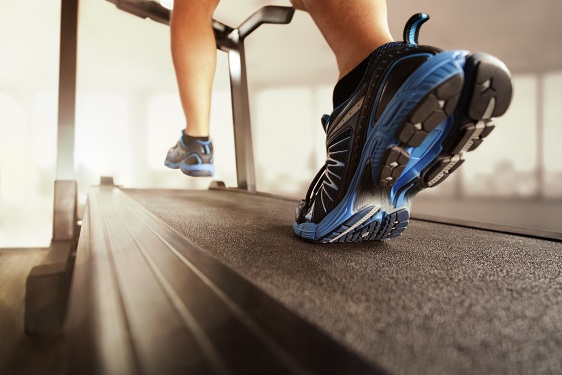Bouts of intense exercise do not exacerbate sacroiliac joint inflammation
An MRI screening of the sacroiliac joints showed that a large proportion of healthy, active individuals who lack any back-pain symptoms nonetheless have bone marrow edema lesions, according to data published in Rheumatology. However, such lesions did not grow significantly after 6 weeks of intensive physical training.
The researchers concluded that their findings stress the importance of interpreting MRI data in the appropriate clinical context.

“In humans performing a variety of sport activities, the presence of [bone marrow edema] on MRI has been described for several joints,” Gaëlle Varkas, MD, of Ghent University, in Belgium, and colleagues wrote. “However, currently, information on the impact of mechanical stress on MRI findings of the [sacroiliac (SI)] joint is lacking.”
Varkas and colleagues conducted a 6-week observational study of 22 young Belgian military recruits to determine the baseline condition of SI joints in healthy, active individuals who lack back-pain symptoms, and to evaluate the effects of intense physical training on MRI data of those joints.
The recruits underwent an MRI of the SI joints before and after 6 weeks of intense, standardized physical training. Researchers then scored bone marrow edema based on the Spondyloarthritis Research Consortium of Canada (SPARCC) method. The training included marching with backpacks, tactical exercises, military drills, running, shooting and some theoretical classes. All recruits trained with identical equipment and lived in the same housing conditions.
According to the researchers, 40.9% of the recruits demonstrated a SPARCC score of 1 or greater at baseline. That figure increased to 50% at 6 weeks (P = .625). Among these participants, the mean SPARCC score was 2.4 (SD = 0.4) at baseline, compared to 3.7 (1.3) at week 6. The mean change in SPARCC score over 6 weeks in all patients was 0.9 (SD = 0.6; P = .109). Among all recruits, a positive MRI was present in 22.7% at baseline, a figure that increased to 36.4% at 6 weeks (P = .375). Further, structural lesions were present in 27.3% of participants both at baseline and after 6 weeks.
“MRI lesions did not significantly increase upon mechanical stress,” Varkas and colleagues wrote. “However, there was a high prevalence of [bone marrow edema] lesions in healthy active individuals without symptoms of back pain. Strikingly, half of the patients displaying [bone marrow edema] could even be categorized as having a positive MRI as defined by [the SpondyloArthritis international Society]. Our data highlight the importance of interpreting imaging in the appropriate clinical context.” – by Jason Laday
Disclosure: The authors report no relevant financial disclosures.
